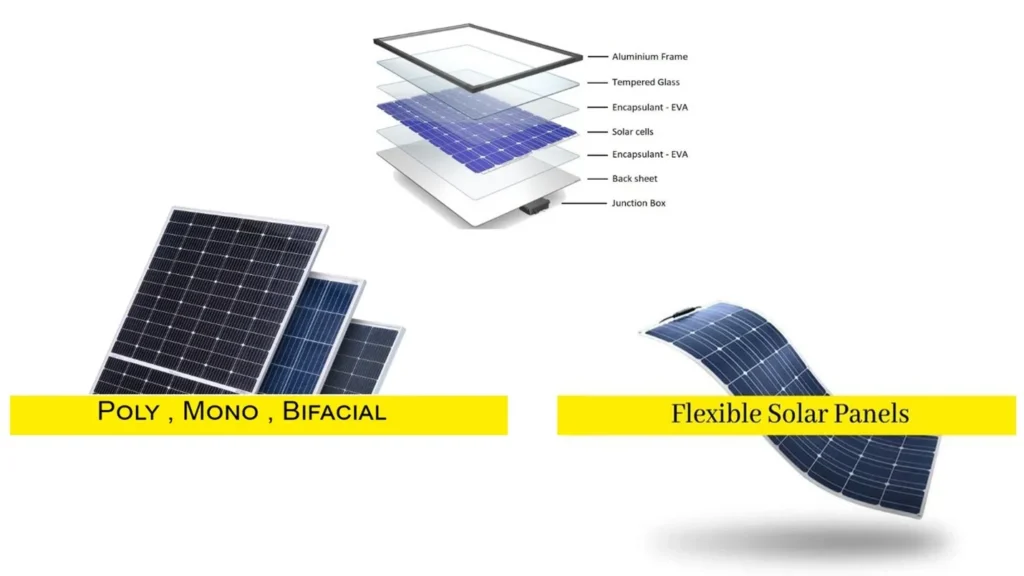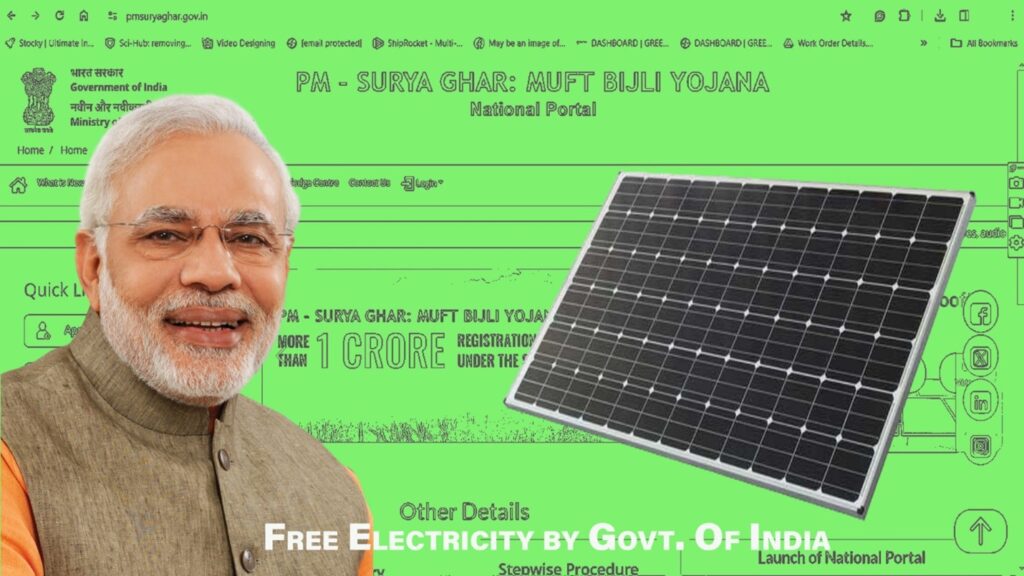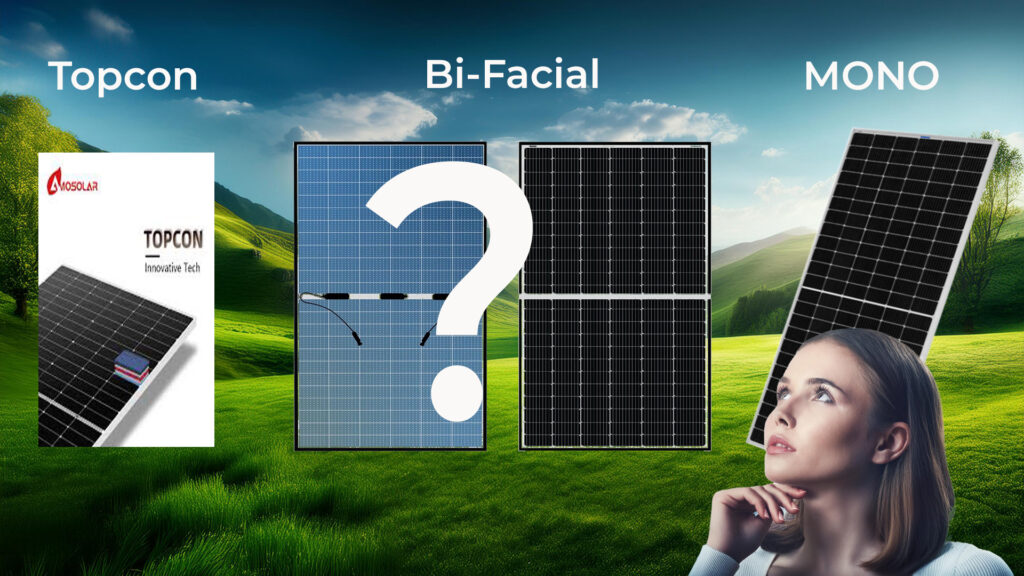Solar panels, also known as photovoltaic (PV) panels, come in several types, each with its own characteristics and advantages.
Here are the main types:
- Monocrystalline Solar Panels: Made from single-crystal silicon, monocrystalline panels are known for their high efficiency and sleek appearance. They have a uniform black color and tend to perform well even in low-light conditions. Monocrystalline panels are space-efficient but can be more expensive.
- Polycrystalline Solar Panels: Polycrystalline panels are made from multiple silicon crystals, giving them a characteristic blue hue. They are less efficient than monocrystalline panels but are more cost-effective to produce. Polycrystalline panels are suitable for installations with ample space and moderate sunlight.
- Thin-Film Solar Panels: Thin-film panels use layers of semiconductor materials like amorphous silicon, cadmium telluride (CdTe), or copper indium gallium selenide (CIGS). They are lightweight, flexible, and less expensive to manufacture compared to crystalline silicon panels. However, thin-film panels typically have lower efficiency and degrade faster over time.
- Bifacial Solar Panels: Bifacial panels can generate electricity from both sides, capturing sunlight reflected from the ground or surrounding surfaces. They can offer higher energy yields under certain conditions, such as installations with reflective surfaces below. Bifacial panels are more expensive but may provide a better return on investment in specific applications.
- Concentrated Photovoltaic (CPV) Panels: CPV systems use lenses or mirrors to concentrate sunlight onto small, highly efficient solar cells. They are primarily used in utility-scale installations and can achieve very high efficiencies. CPV panels require precise tracking systems to follow the sun’s movement throughout the day.
- Solar Tiles: Solar tiles, also known as solar shingles, are designed to integrate seamlessly with rooftops, providing a more aesthetically pleasing option compared to traditional solar panels. They resemble conventional roofing materials but contain photovoltaic cells to generate electricity. Solar tiles are more expensive but offer a more integrated look for residential installations.
These are the main types of solar panels available, each offering unique benefits and suited for different applications depending on factors such as efficiency, cost, space availability, and aesthetic preferences.




